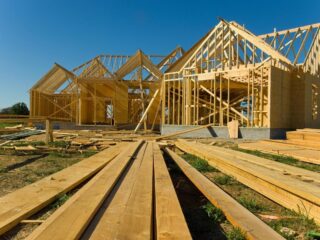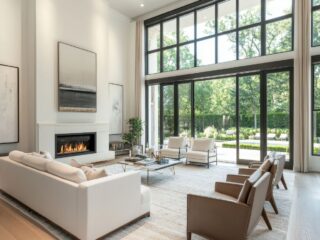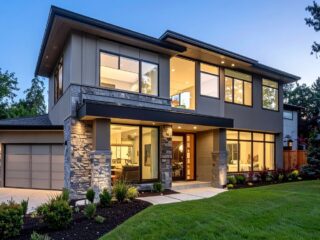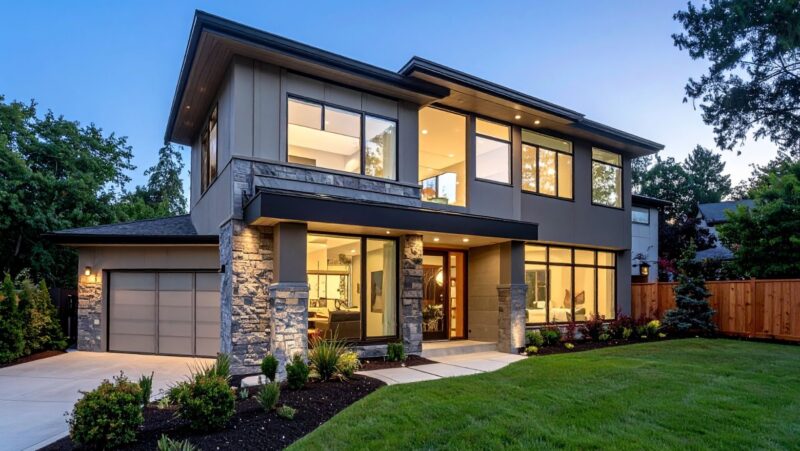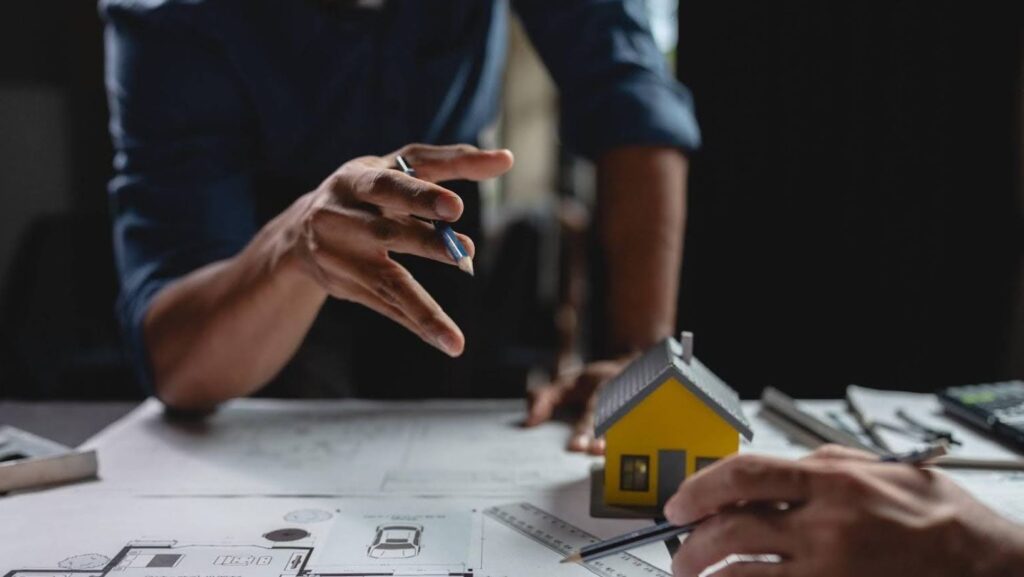
Affordable housing is one of the most pressing challenges of our time, and Section 8—America’s largest rental assistance program—plays a critical role in ensuring that millions of families have access to safe, stable homes. Yet, while policy and funding often dominate the conversation, the architectural profession holds enormous influence over the success and future of affordable housing. From designing spaces that foster dignity and community to integrating sustainable and cost-efficient building practices, architects are uniquely positioned to elevate Section 8 housing beyond a bare necessity into a foundation for thriving lives.
In this article, we’ll explore how architects are reshaping the landscape of affordable housing, the challenges they face, and the opportunities ahead for designing Section 8 communities that meet the needs of today and tomorrow.
Beyond Shelter: Designing for Dignity and Community
The traditional view of affordable housing often centers on its most basic function—providing a roof overhead. While this is undeniably critical, architects understand that a home is far more than four walls. It is the bedrock of identity, stability, and personal pride. When families feel a sense of dignity in where they live, the benefits ripple outward: improved mental health, stronger academic outcomes for children, and greater participation in local economies.
Architects play a central role in elevating Section 8 housing from “adequate” to “aspirational.” By prioritizing natural light, open spaces, and human-centered design elements, they create environments where residents feel valued and empowered. For example, thoughtful layouts that encourage interaction—such as shared courtyards or community gardens—foster social connections and a sense of belonging. These design decisions are not luxuries; they are investments in stronger, healthier communities.
Addressing the Challenges of Cost and Efficiency
One of the greatest challenges in Section 8 housing is balancing limited budgets with high standards of quality. Architects often walk a fine line between cost efficiency and durability, striving to avoid the “cheap construction” stigma that has historically plagued affordable housing developments.
Innovative design and material selection are critical here. Prefabrication and modular construction techniques, for example, allow architects to streamline timelines and reduce expenses without compromising on aesthetics or safety. Likewise, advances in sustainable building materials—such as recycled composites or low-maintenance finishes—help lower long-term maintenance costs for housing authorities and landlords, ensuring that affordability extends beyond the initial build.
In essence, architects are tasked with creating spaces that are economical to construct, resilient over decades, and aesthetically pleasing. Achieving this balance requires not only technical expertise but also a deep commitment to the social mission of affordable housing.
Sustainability and Long-Term Value
Sustainability is no longer an optional feature in modern design; it is a necessity. For Section 8 housing, energy efficiency and environmental stewardship are especially important. Families who rely on housing assistance are often most vulnerable to rising utility costs, and poorly insulated or inefficiently designed homes can trap residents in cycles of financial stress.
Architects are championing sustainable solutions that simultaneously reduce costs and improve quality of life. Solar panels, efficient HVAC systems, and passive design strategies (such as maximizing cross-ventilation and natural light) dramatically cut monthly utility bills. Rainwater harvesting and green roofs reduce environmental impact while providing additional communal spaces. These measures align with broader urban sustainability goals while also ensuring affordability is preserved across the lifespan of the building.
Moreover, by designing structures that are adaptable and resilient to climate change, architects safeguard Section 8 housing against future risks, whether from extreme heat, flooding, or other environmental threats.
Navigating Policy and Community Engagement
Section 8 housing projects are rarely just architectural endeavors; they are also policy and community negotiations. Architects must often navigate zoning laws, building codes, and political pressures while advocating for designs that serve residents’ best interests. They are uniquely positioned to bridge the gap between policymakers, developers, and communities.
Community engagement is a crucial aspect of this process. When architects invite residents into the design conversation—through surveys, workshops, or participatory planning—they create housing that reflects actual needs and preferences. This approach ensures that developments are not only functional but also embraced by the people who live in and around them. It also helps counteract the “Not In My Backyard” (NIMBY) resistance that can arise when affordable housing projects are proposed.
By fostering trust and collaboration, architects contribute to a cultural shift: redefining affordable housing as a shared asset rather than a neighborhood burden.
Technology and the Future of Section 8 Housing
As digital technologies advance, architects have more tools at their disposal than ever before. Building Information Modeling (BIM) enables precision in planning and resource management, reducing waste and streamlining construction. Virtual reality allows stakeholders—including residents and policymakers—to “walk through” designs before a single brick is laid, encouraging transparency and buy-in.
Smart home technologies are also increasingly relevant in affordable housing. Features like programmable thermostats, efficient lighting systems, and integrated security not only enhance comfort but also reduce long-term costs for residents. By incorporating these innovations into Section 8 housing, architects ensure that low-income families are not left behind in the digital revolution but instead enjoy access to the same advancements as market-rate tenants.
Case Studies and Emerging Most Practices
Around the country, forward-thinking architects are already setting new benchmarks for Section 8 housing design. For example, mixed-income developments are proving successful at integrating Section 8 units into broader communities, reducing stigma and promoting inclusivity. Adaptive reuse projects—such as converting abandoned schools or warehouses into vibrant residential spaces—are breathing new life into underutilized urban assets while addressing housing shortages.
These examples demonstrate the potential of design to transform affordable housing into an engine of equity and innovation. They also highlight the need for collaboration between architects, housing authorities, and policymakers to scale successful models nationwide.
The Intersection of Architecture and Access
While architectural innovation is vital, access remains the cornerstone of Section 8 housing. Millions of families across the country are still on waiting lists, hoping for a chance at stable housing. For those seeking opportunities, Section 8 Listings provide valuable information about affordable units and eligibility requirements. Architects’ contributions to designing welcoming, sustainable, and cost-effective housing are amplified when paired with efforts to expand access and awareness.
Looking Ahead: Architects as Changemakers
The future of Section 8 housing depends on more than just funding—it depends on vision. Architects have the expertise to transform housing from a transactional necessity into a catalyst for thriving communities. By prioritizing dignity, sustainability, and inclusivity, they can redefine what affordable housing means in the 21st century.
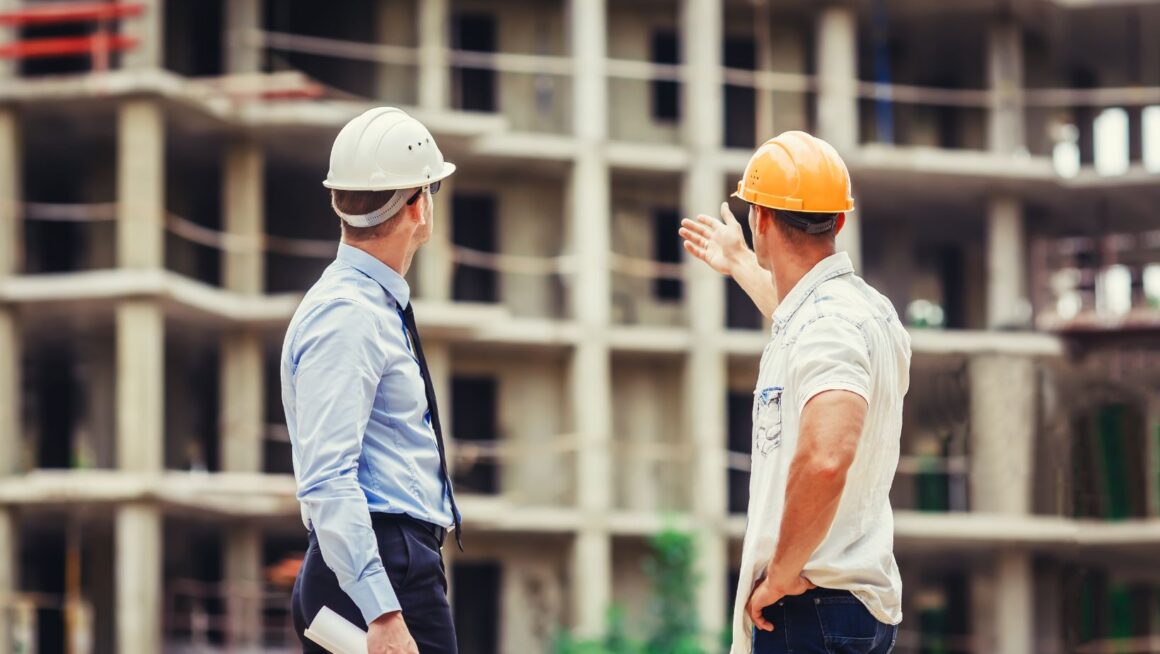
As the nation grapples with housing shortages, economic inequality, and environmental challenges, architects’ role will only grow in importance. They are not merely building structures; they are shaping the future of urban life, ensuring that every family—regardless of income—has the opportunity to call a place “home.”
Conclusion
Section 8 housing has the potential to be far more than a safety net—it can be a launching pad for stability, growth, and opportunity. Architects, with their unique blend of technical expertise and human-centered vision, are central to this transformation. By embracing innovation, sustainability, and community engagement, they are shaping a future where affordable housing stands as a testament to dignity and possibility.
The work of architects today will echo for generations, leaving behind not just buildings, but communities that thrive. And in doing so, they remind us that the true measure of success in design is not how a structure looks, but how it helps people live.



